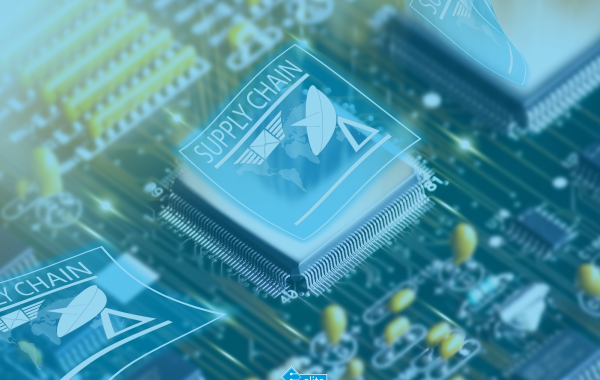With the reduction of average chip lead times, we are finally starting to see the light at the end of the tunnel. However, electronic manufacturers, and more specifically car makers are still struggling to source chips whereas on the other hand consumer electronics manufacturers are drowning in them. Nowadays chips used in cars require more advanced components due to the complex electronic systems that are now installed inside them.
Overview
After experiencing rising inflation and increased costs of living there is no signs of relief as winter is just around the corner. The bank of England has announced a base rate of up to 2.25%, the biggest spike in over 27 years, with predictions stating that inflation could reach 11% before the end of 2022.
Even though COVID-19 has now slowed down and infection levels are remaining low for a while now, there is still major uncertainty on how the virus will affect us as winter approaches.
Lead-time Issues, Negative Price Trends, and Component Shortages
Even after a 4-day reduction in average component lead time, there are still barely any signs of improvement. Extreme lead times, negative price trends and component shortages are now the new normal and are here to stay for another while.
Russia-Ukraine war impact on the electronic industry
Due solely to the raw resources they supply, both Russia and Ukraine have leading roles in the process of chip manufacturing used in consumer electronics.
The sale of neon gas from Ukraine and palladium provided by Russia have understandably reduced or stopped altogether, whether from ceased production or a refusal to deal with Russia while the war continues.
This political conflict has also had a huge impact on oil and global energy prices, which has a knock-on impact in many areas of the electronic components industry, including the cost of manufacturing and production itself, along with the costs of getting components to where they need to go.
Global Economy
Prices continue to rise throughout the whole supply chain due to rising inflation causing cost increases of raw materials shipping and production.
Gold price has recently dropped down to $1.654.59/oz.
Silver has remained relatively steady selling at $19.66/oz.
The current price of Copper stands at $3.40 per pound.
The price of neon, a gas necessary in semiconductor production, has skyrocketed amid the war in Ukraine disrupting supply chains.
Fuel and oil costs continue to stay significantly high as winter approaches.
Conclusion
After seeing some stability and reduction in lead times across the supply chain we are now experiencing inflation pressure and rising interest rates which are causing a slowdown in demand for consumer electronics.

